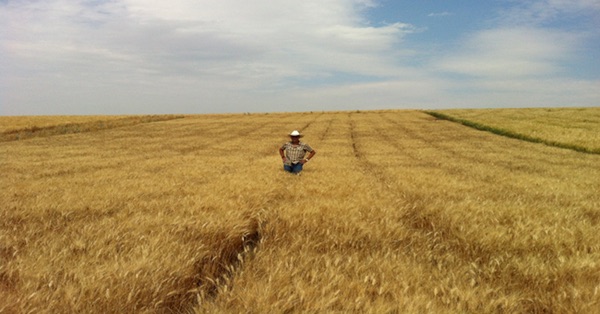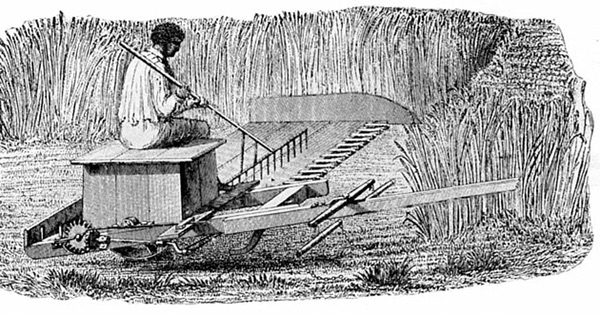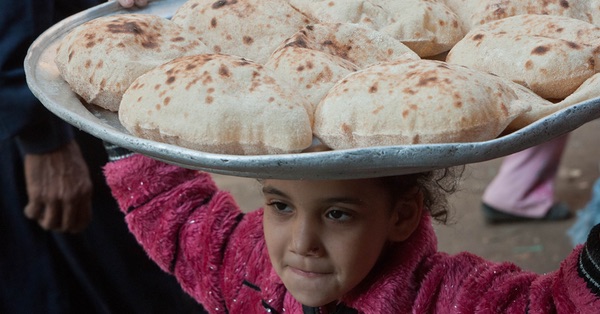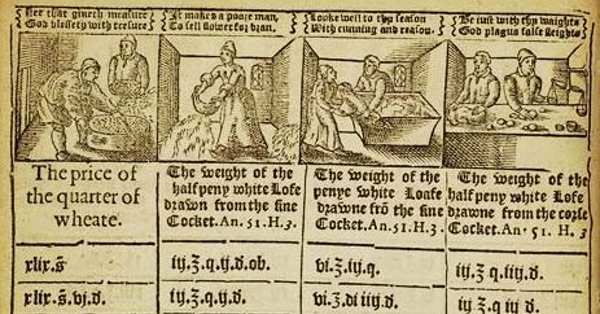
Durum wheat is only about 5% of the total wheat harvest around the world. For those of us who like our pasta, that’s a very important 5%. Different gluten proteins make a durum dough stretchy rather than elastic — perfect for pasta. The kernels are very hard and need dedicated milling machinery, w...


